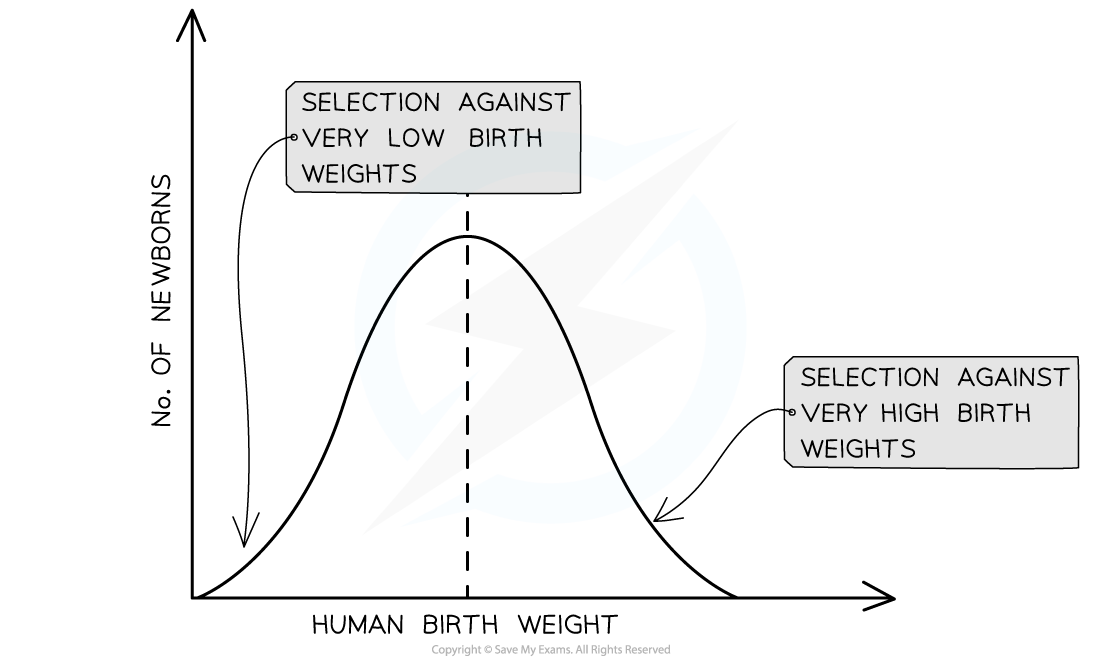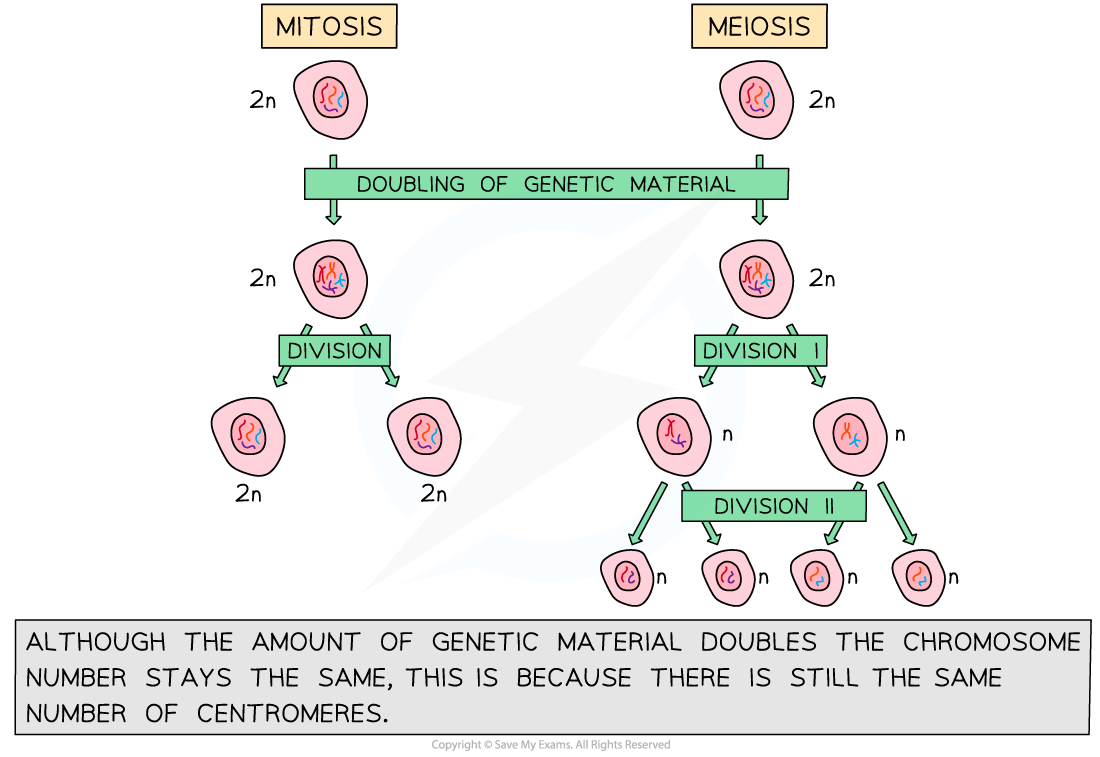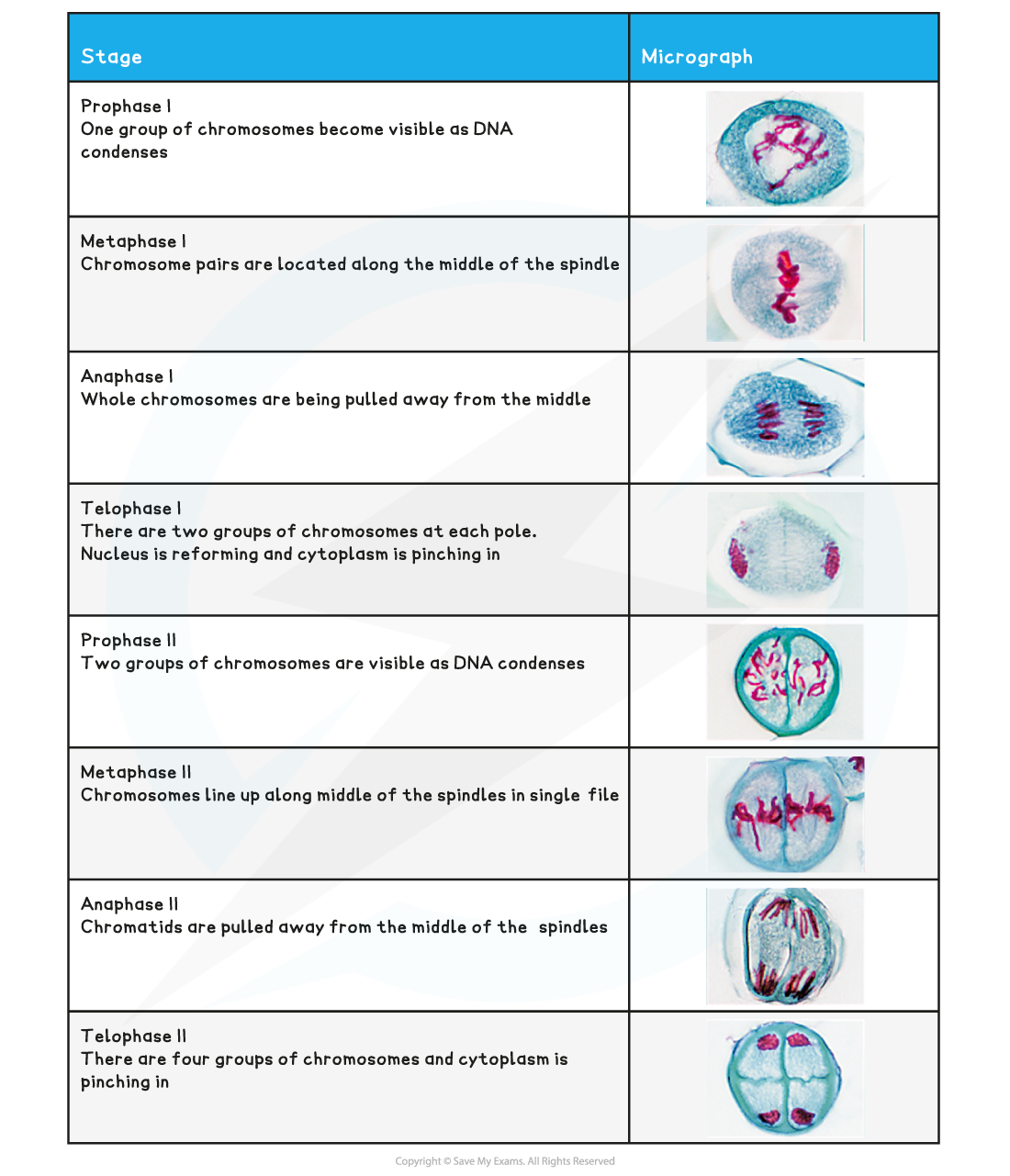AQA A Level Biology复习笔记4.4.6 Investigating Microbial Growth
Required Practical: Affecting Microbial Growth When investigating the effect of antimicrobial substances on microbial growth it is essential that aseptic techniques are used Aseptic techniqu...













